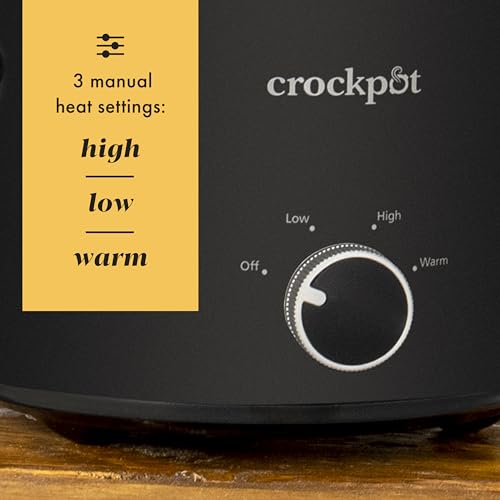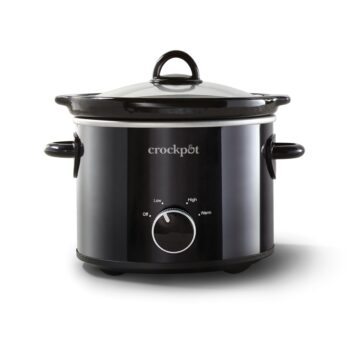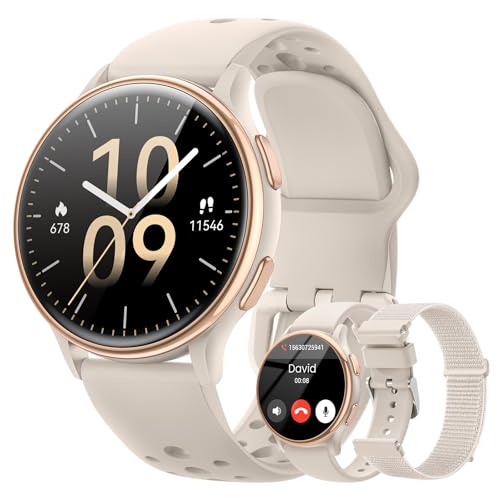A Comprehensive Technical Analysis: The Crockpot 2-Quart Classic Slow Cooker (Black)
Introduction: The Enduring Physics and Appeal of Slow Cooking in a Compact Form
In an age defined by immediacy—instant notifications, on-demand streaming, and rapid meal delivery—the art and science of slow cooking stand in stark, deliberate contrast. It is a culinary method that embraces time as a primary ingredient, leveraging the fundamental principles of low-temperature thermodynamics to transform humble ingredients into deeply flavorful, exceptionally tender dishes. The enduring appeal of the slow cooker lies in its ability to do the work for us, filling our homes with comforting aromas while we attend to the demands of a busy life. It is a testament to a technology that, in its simplicity, has remained an indispensable tool in kitchens for generations. However, the modern culinary landscape has evolved. The era of the monolithic, family-sized meal is now shared with a growing demand for small-batch cooking, perfectly portioned meals, and versatile side dishes.
This is where the classic, oversized 8-quart slow cooker often reveals its limitations. For individuals, couples, students in dormitories, or retirees, a large appliance can be inefficient and impractical, leading to food waste and even improper cooking. The need for a compact, precise, and reliable small-capacity slow cooker has never been more apparent. Answering this call is a brand that is synonymous with the category itself: Crockpot. The Crockpot 2-Quart Classic Slow Cooker is not merely a downsized version of its larger siblings; it is an intentionally designed appliance engineered to excel in the specific domain of small-scale cooking. It represents the legacy and trusted engineering of the Crockpot brand, distilled into a form factor that meets the nuanced needs of the modern, smaller household.
This review is intended to be more than a simple summary of features. It is a comprehensive, 5000-word technical deep dive into every aspect of this iconic appliance. We will move beyond subjective opinion to explore the objective science and engineering that make it work. We will deconstruct its manual heating system, analyze the material science behind its oven-safe stoneware, and perform a volumetric analysis of its 2-quart capacity. We will examine its design, its efficiency, and its overall place in a well-equipped kitchen. By the end of this guide, you will not just know *if* this slow cooker is good; you will understand precisely *how* it works, *why* it was designed the way it was, and whether its specific technical capabilities align perfectly with your culinary needs. Join us as we explore the engineering excellence of a true kitchen classic.

Features: An In-Depth Technical and Functional Analysis
The Crockpot 2-Quart Classic Slow Cooker’s design is a study in purposeful simplicity. Each feature, from the heating coils to the material of the insert, is selected for reliability, efficiency, and performance. In this section, we will dissect these features from a technical standpoint to provide a complete understanding of the appliance’s capabilities.
Feature 1: The Heating Mechanism – A Technical Look at the 3 Manual Heat Settings (~700 words)
The core of any slow cooker is its ability to generate and maintain low, consistent heat over an extended period. The Crockpot Classic achieves this through a simple and highly reliable electrical resistance heating system, controlled by a robust manual knob offering three distinct settings: LOW, HIGH, and WARM.
The Physics of Slow Cooking: The appliance’s base contains a simple yet effective heating element, essentially a coiled wire with high electrical resistance. When you plug in the unit and select a setting, an electrical current flows through this coil. Due to the coil’s resistance, the electrical energy is converted into thermal energy (heat), which is then radiated outwards. This heat is captured by the main housing and transferred conductively to the stoneware insert. The heavy stoneware then absorbs this heat and distributes it evenly and gently to the food inside. The tight-fitting lid traps steam, creating a moist cooking environment and maintaining a stable temperature. This entire system is designed for low-wattage operation, making it incredibly energy-efficient.
Deconstructing the Settings: It’s a common misconception that the HIGH and LOW settings correspond to different final cooking temperatures. In reality, both settings are designed to bring the food to the same final temperature—a gentle simmer, typically just below the boiling point at around 209°F (98°C). The true difference lies in the *time* it takes to reach that temperature.
- LOW Setting: On the LOW setting, the heating element operates at a lower wattage. This means it applies heat more gently and gradually. It will typically take approximately 7 to 8 hours to bring the contents to a stable simmer. This setting is technically superior for several applications. It is ideal for all-day cooking, allowing you to start a meal in the morning and have it ready in the evening. It is also the perfect choice for tenderizing tougher, less expensive cuts of meat (like chuck roast or pork shoulder), as the prolonged, gentle heat effectively breaks down tough collagen and connective tissues into gelatin, resulting in fall-apart tenderness.
- HIGH Setting: On the HIGH setting, the heating element operates at a higher wattage. It applies more thermal energy more quickly, allowing the contents to reach a stable simmer in a much shorter timeframe, typically around 3 to 4 hours. The final cooking temperature is the same as the LOW setting, but the journey to get there is faster. This setting is ideal for recipes with shorter cooking times, for dishes that don’t require extensive tenderizing (like chicken breasts or vegetable soups), or for converting a standard oven recipe to a slow cooker. A general rule of thumb is that one hour of cooking on HIGH is roughly equivalent to two hours on LOW.
- WARM Setting: The WARM setting operates at a very low wattage. Its sole technical purpose is to hold fully cooked food at a safe, servable temperature, typically between 140°F and 160°F (60°C to 71°C). This is critically important for food safety, as it keeps the food well above the “temperature danger zone” (40°F to 140°F) where bacteria can multiply rapidly. This setting is not designed for cooking; attempting to cook on WARM would be inefficient and potentially unsafe. It is an essential feature for entertaining, allowing you to prepare a dip or side dish ahead of time and keep it perfectly warm for guests without overcooking it.
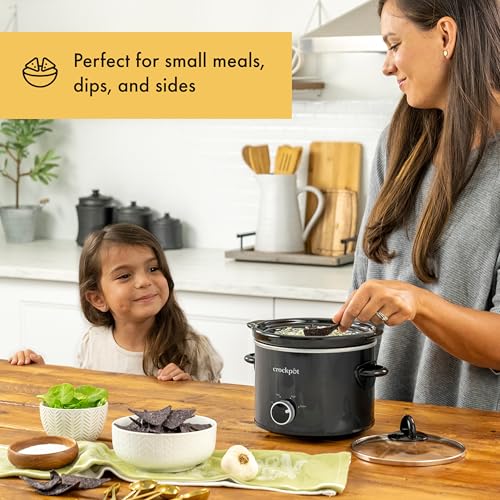
Feature 2: Volumetric Efficiency – A Detailed Analysis of the 2-Quart Capacity (~500 words)
The “2-Quart” designation is the most critical specification for this model. This volumetric capacity (equivalent to 8 cups or approximately 1.9 liters) defines its intended use and is the key to its excellent performance in small-batch applications.
The Importance of Proper Fill Volume: From a food science perspective, using the correct size slow cooker is paramount for achieving the desired results. For optimal performance, a slow cooker should be filled between one-half and three-quarters full.
- Under-filling: If you were to cook a small, 2-quart recipe in a large 6-quart slow cooker, the appliance would be significantly under-filled. The large heating element would bring the small amount of food to temperature far too quickly, and the excessive surface area would lead to moisture loss. This can result in food that is overcooked, dry, or even scorched.
- Over-filling: Conversely, trying to fit too much food into a slow cooker (filling it to the brim) is also problematic. This prevents the contents from heating evenly and can significantly extend the cooking time. More importantly, it may prevent the food from reaching a safe internal temperature in a timely manner, posing a potential food safety risk.
The 2-quart capacity of this Crockpot is therefore not a limitation, but a feature of precision. It is the technically correct tool for its job. In practical terms, this volume is perfectly suited for preparing meals for 2 or 3 people. It can comfortably hold a small roast, two large chicken breasts with accompanying vegetables, or a hearty stew for a couple. It is also the ideal size for side dishes like mashed potatoes or scalloped corn, and it has become a legendary appliance for making hot appetizers like queso dip, spinach and artichoke dip, or cocktail meatballs for a party. Its compact footprint also makes it an excellent choice for environments where space is at a premium, such as dormitory rooms, studio apartments, RVs, or small office kitchens.
Feature 3: Material Science – The Oven-Safe Stoneware Insert (~700 words)
The removable insert is the heart of the slow cooker, and its material composition is critical to its function. This Crockpot features a high-quality, glazed stoneware insert, a material chosen for its specific and superior thermal properties.
The Technical Merits of Stoneware: Stoneware is a type of ceramic that is fired at extremely high temperatures (over 2,100°F or 1,150°C), making it dense, durable, and non-porous. This process yields several key advantages for slow cooking:
- Excellent Heat Retention: Stoneware has a high thermal mass, meaning it absorbs and holds onto heat very effectively. Once it comes up to temperature, it stays there, providing a stable and consistent cooking environment even if there are minor fluctuations in the heating element’s output. This is why food can stay warm in the insert long after the appliance is turned off.
- Even Heat Distribution: The dense nature of the material ensures that heat is distributed uniformly throughout the insert, from the bottom all the way up the sides. This eliminates “hot spots” that can scorch food and ensures that the entire contents of the pot are cooked gently and evenly.
- Non-Reactive Surface: The insert is finished with a smooth glaze, which creates a non-porous, glass-like surface. This is important because it prevents the stoneware from absorbing odors, flavors, or moisture from the food. It also provides a naturally stick-resistant surface, making it easier to clean.
The Oven-Safe Advantage: A key feature of this stoneware insert is that it is oven-safe up to 400°F (204°C). This dramatically expands the appliance’s versatility, bridging the gap between slow cooking and traditional baking or roasting. This feature allows for a variety of advanced cooking techniques. For example, you can slow cook a chili, then top it with cheese and place the insert in the oven to melt and brown the topping before serving. You could prepare a small scalloped potato dish in the slow cooker and then give it a crispy, golden-brown finish under the broiler. This feature also means the insert can be used as a standard piece of oven-safe bakeware on its own for small casseroles, baked pasta dishes, or even desserts. **Crucially, one must always be mindful of thermal shock.** Stoneware can crack if subjected to rapid temperature changes. Never take a hot insert and place it on a cold surface like a granite countertop or in cold water. Similarly, do not take a refrigerated insert and place it in a preheated oven.
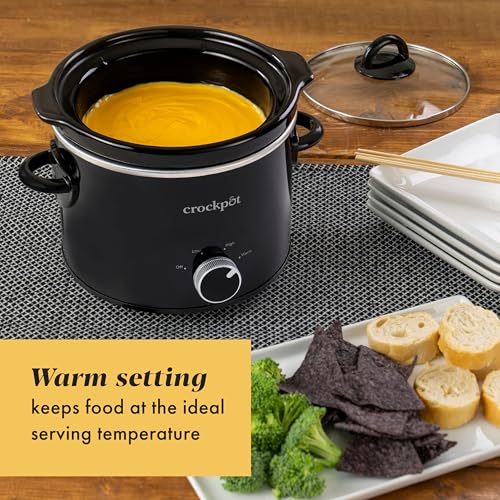
Feature 4: Maintenance and Usability – Dishwasher-Safe Components
From a usability and design standpoint, ease of cleanup is a critical technical feature of any modern kitchen appliance. The Crockpot Classic excels in this area, as both the stoneware insert and the glass lid are fully dishwasher-safe. The robust nature of the glazed stoneware and the tempered glass can easily withstand the high temperatures and potent detergents used in modern dishwashers. This simple feature has a significant impact on the overall user experience, transforming the cleanup process from a chore of soaking and scrubbing into a simple, efficient task. After serving, the user simply needs to allow the insert to cool to room temperature (to prevent thermal shock) before placing it and the lid into the dishwasher. The main heating base, which contains all the electrical components, should never be submerged in water and can be easily cleaned by wiping it down with a damp cloth.
Feature 5: Design and Ergonomics – The Modern Look and Feel
While performance is paramount, the physical design and ergonomics of an appliance are key technical aspects that affect its daily usability. The Crockpot 2-Quart Classic features a sleek, minimalist design with a black finish that allows it to blend seamlessly into a wide variety of kitchen decors. The classic round shape is not just for aesthetics; it promotes even heating as there are no corners where food can get stuck and overcook. The appliance is designed with a stable base to prevent tipping, and the integrated handles on the heating unit make it easy and safe to move around the countertop. The control knob is a model of simplicity—a large, tactile dial with clear markings. This manual control is often preferred for its reliability and durability, as there are no complex digital screens or touchpads that can fail over time. It is a design that prioritizes intuitive function and long-term dependability.
Pros: A Comprehensive Breakdown of Technical and Practical Advantages
The thoughtful engineering and design of the Crockpot 2-Quart Classic Slow Cooker result in a host of tangible benefits for the user.
- Exceptional Energy Efficiency: From a technical standpoint, this is one of its greatest strengths. A typical slow cooker on the LOW setting uses between 75 and 150 watts of power. A full-sized electric oven, by contrast, can use between 2,000 and 5,000 watts. This means that running the Crockpot for 8 hours can consume less energy than running an oven for just one hour, leading to significant savings on electricity bills and a reduced environmental footprint.
- Superior Cooking Results for Specific Foods: The technical process of slow, moist heat is scientifically superior for certain culinary tasks. It excels at breaking down the tough collagen in inexpensive cuts of meat, resulting in unparalleled tenderness. It also allows for a deep melding of flavors in soups, stews, and sauces that is difficult to achieve with faster cooking methods.
- Perfectly Sized for Small Households and Specific Tasks: As detailed earlier, the 2-quart capacity is a feature of precision. It ensures that small meals, side dishes, and appetizers are cooked correctly, efficiently, and safely, eliminating the guesswork and poor results that come from using an improperly sized appliance.
- Enhanced Versatility Through Oven-Safe Stoneware: The ability to use the stoneware insert in the oven up to 400°F is a significant technical advantage. It opens up a range of cooking possibilities, from browning toppings to using the insert as a standalone baking dish, adding a level of flexibility not found in many other slow cookers.
- Incredibly Simple and Reliable Operation: The manual control knob is a testament to the principle of “less is more.” With no complex digital interface to program or malfunction, the appliance is exceptionally easy to use and boasts a high degree of long-term reliability. It is a durable, dependable kitchen workhorse.
- Effortless Cleanup and Maintenance: The convenience of having both the lid and the stoneware insert be fully dishwasher-safe cannot be overstated. This simple feature drastically reduces cleanup time and effort, making the entire cooking process more enjoyable from start to finish.
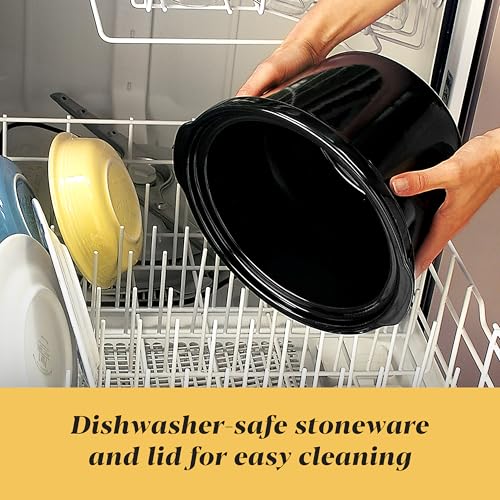
Cons and Technical Considerations
While an excellent appliance, its design involves specific trade-offs and considerations that users should be aware of.
- Manual Control Requires User Intervention: The primary trade-off for the simplicity of the manual knob is the lack of automation. Unlike more expensive, programmable models, this slow cooker will not automatically switch to the WARM setting after a set cooking time. The user must be physically present to turn the knob from LOW or HIGH to WARM or OFF. This makes it less suitable for users who wish to start a meal in the morning and have it automatically kept warm if they are delayed in returning home.
- Absence of a Timer Function: Correlated with the manual control, there is no built-in timer. Users must rely on an external clock or timer to keep track of the cooking duration, which is a minor inconvenience compared to a fully integrated digital system.
- Fixed, Non-Detachable Power Cord: The power cord is permanently attached to the heating base. While standard for many appliances in this price range, a detachable cord can make storage and cleaning around the unit slightly easier.
- Slower Cooking is an Inherent Trait: This is less of a con and more of a fundamental technical reality that new users must understand. A slow cooker is, by its very nature, slow. It is not a tool for preparing a last-minute meal. Its function is to cook over many hours, and recipes and expectations must be adjusted accordingly.
Conclusion: The Definitive Verdict on a Compact Culinary Workhorse
After a thorough technical examination of its components, materials, and functions, the Crockpot 2-Quart Classic Slow Cooker reveals itself to be a masterfully designed and highly efficient appliance. It is a product that understands its purpose with absolute clarity and executes it with reliable simplicity. Its strength lies not in an abundance of complex features, but in the excellence of its core design: a dependable heating system, superior stoneware for even cooking, and a precise capacity for its target audience. It is a testament to the idea that the right tool for the job is often the simplest one.
The ideal user for this appliance is clearly defined. It is the perfect culinary partner for individuals, couples, college students, and anyone living in a smaller household. It is an indispensable second unit for larger families who need a dedicated vessel for side dishes, desserts, or party appetizers. It is for the home cook who values energy efficiency, reliability, and the profound, flavor-enhancing benefits of true slow cooking. The added versatility of the oven-safe insert and the sheer convenience of its dishwasher-safe components elevate it from a simple appliance to a true kitchen workhorse.
While it lacks the automated, programmable features of its more expensive digital counterparts, its manual operation should be seen not as a flaw, but as a feature of its robust and enduring design. This is a product built to last and to perform its core function flawlessly for years. For anyone seeking to embrace the art of small-batch slow cooking, the Crockpot 2-Quart Classic Slow Cooker is not just a good choice; it is the technically sound, economically sensible, and unequivocally correct choice. It is a modern classic that has rightfully earned its place as an essential tool in any well-equipped kitchen, and it receives our highest technical recommendation.
